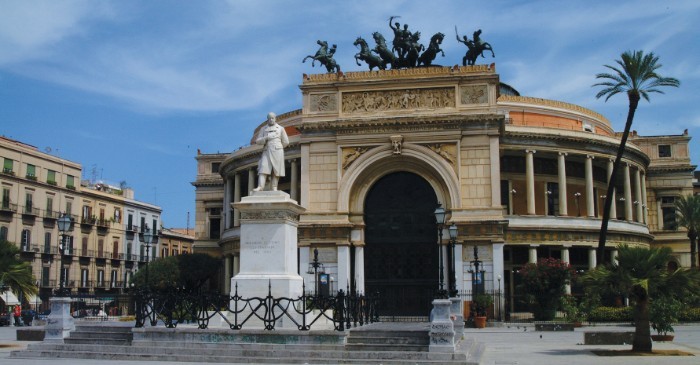Visitors to Sicily may be surprised to discover so many signs of Norman influence among the historic sites around the island. While many of us assume that the invasions of the Norsemen, who were initially Vikings but later mixed with English, Frank and Roman stock, were concentrated on the north of Europe, the Normans did indeed reach this southern outpost in the 11th century; at exactly the same time as they were consolidating their newly-won power in England under William the Conqueror.
Sicily has seen many invaders and marauders throughout its time (the Goths and Vandals came first), but it is the Normans who perhaps left the greatest mark on the Sicilian landscape despite ruling the island for barely 100 years. While many rulers of Sicily engaged in grand building projects to signal their power over the unfortunates over whom they ruled, it is the architecture of the Normans that has best stood the test of time.
Here are just a few examples of Norman sites you can explore in Sicily:
Norman Palace in Palermo
Originally the site of a Phoenician trading centre some 1400 years earlier, the Norman palace can indeed boast ancient roots. Its highlight is the Palatine Chapel, rich with icons typical of the Orthodox church. The chapel appears Romanesque in shape yet is filled with Arabic influences, and even includes Arabic script along the ceiling. There are Old Testament scenes along the walls – presumably these survived the destructive whims of all invaders, given their inclusion in the Christian, Muslim and Jewish traditions.
Several hours are required to do the Norman Palace justice, as the Palatine Chapel is only one of several impressive sites within the complex.
Monreale
Here you will find one of the most spectacular cathedrals built by the Normans anywhere in Europe. Lined with stunning golden mosaics, this cathedral and adjacent monastery were founded by King William II in 1174. There is a rich blend of Romanesque, Byzantine and Arabic influence in evidence in both the architecture and the decoration within the church.
Monreale lies on the outskirts of Palermo and is worthy of at least a couple of hours of exploration. Nearby stalls specialise in artisan crafts, including the manufacture of Byzantine-style mosaic and ceramic products.
Cathedral at Cefalu
This was the crowning glory of Roger II, the first Norman ruler in Sicily. Cefalu’s cathedral is best known for its Byzantine iconography (probably commissioned by expert craftsmen from Constantinople under Roger’s command). It is here that visitors come to admire the Christ Pantokrator image, considered by many to be the finest representation of Christ among all Christian art.
There are many other sites relating to Norman rule across the island – visit our site for more information about following the Norman Trail in Sicily.





